The 10 Biggest Dell Stories Of 2008

Dell had an up-and-down year. The computer manufacturer got off to a promising start when it jumped into the channel with the acquisition of EqualLogic. And Dell worked hard over the course of the year to bring its channel program up to speed, introducing different initiatives to grow its partner program. But this year also brought some high-profile litigation against the company, a technology overhaul and a significant round of layoffs.

Dell pushed hard to convince solution providers that its partner initiative was more than just empty rhetoric, and announced with fanfare a series channel-building events focused on the channel and its PartnerDirect program.
"When I heard about [PartnerDirect], like the rest of the industry that's had any kind of connection with Dell, I was very skeptical. I've heard this before. It had always come with some constraints and restrictions that didn't make it a viable reseller channel program at all. I will have to say, I was pleasantly surprised after meeting in Austin [with Dell channel executives]," said Mike Collins, president of Mike Collins & Associates, a Chattanooga, Tenn., solution provider.
At the end of May, Michael Dell, (pictured), chairman and CEO of the company, told analysts that his company had added more than 3,500 partners since the end of the fourth quarter in 2007, and that the business was on a $12 billion run rate. The channel was an important part of the revenue stream Dell was realizing.
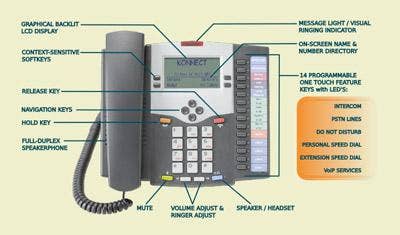
In January, Dell sent shock waves through the industry when it announced that it was acquiring EqualLogic for $1.4 billion. But Dell wasn't just purchasing a hot iSCSI vendor. The company also laid down the cash to purchase channel know-how. By all accounts, EqualLogic ran a successful channel program filled with happy partners before the acquisition, something Dell desperately needed given its track record in the channel. The channel-only sales model used by EqualLogic had Dell executives licking their chops, hoping to create a channel program they could nurture and grow over 2008.
"Essentially what we've done is taken the best of the EqualLogic partner program and put that into the Dell PartnerDirect program," said Michael Dell. "Now these partners get everything they had before: deal registration, attractive margins, field channel support that's even increased."

In June, Dell modified its IdeaStorm Web portal, isolated a number of channel-specific issues and used them to launch Dell PartnerStorm. PartnerStorm is an online tool that allows VARs to log on and discuss the channel-specific issues they are confronting while partnering with Dell.
In October, Dell recognized a growing interest within its developing channel program: VARs with government contracts. To that end, the company launched a federal certification program for solution providers involved in Dell's partner program, with the promise of helping them sell to government customers.
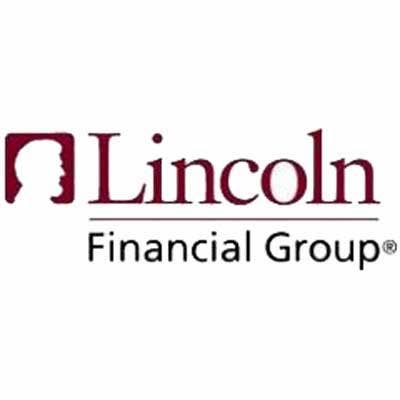
Dell's continued its push to enhance its channel program, focusing on making partners more comfortable with the company as a channel player. Part of that offensive involved unveiling a channel return program in August to help protect its partners. That initiative is no small matter in a market where most vendors give such programs short shrift. The return policy includes coverage for end-user order cancellations or modification. The policy also covers returns based on any reasons covered under Dell's limited warranty.
One solution provider, Chris Ferry, executive vice president of Technology Integration Group, San Diego said that because many other vendors don't have a formalized return program, "we end up eating stuff and writing stuff off. This is a positive change from Dell. It's a help in doing business."
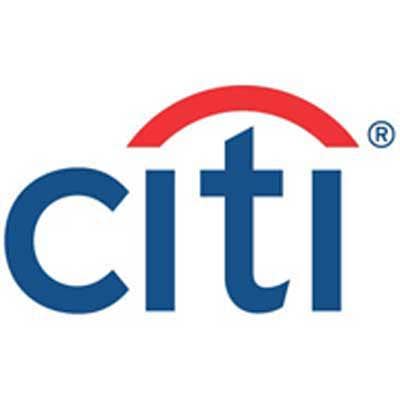
In July, Dell addressed, head on, fears that it would poach solution provider deals by launching an SMB registration program for partners. Rather than just allowing a VAR to register a certain deal, Dell's program was bold because it allowed solution providers to register customers. Partners were initially excited at the news because it provided a way to build long-term relationships without having to worry about the account being poached somewhere down the road. The registration program for VARs showed, at least on the surface, Dell's serious commitment to the channel and its wish to keep partners happy.

Dell cut nearly 9,000 jobs. That's 10 percent of its global workforce. But it's no surprise that layoffs came to the computer manufacturer. The economy was spiraling downward and companies in every sector were feeling the strain. The reduced head count was a move to meet financial forecasts and shore up key parts of the business. According to Michael Dell, the cuts are essentially completed, but he's unsure whether or not the worldwide PC market will improve. The cash saved from the job cuts will be used to make acquisitions to get Dell back in the top PC manufacturing spot.
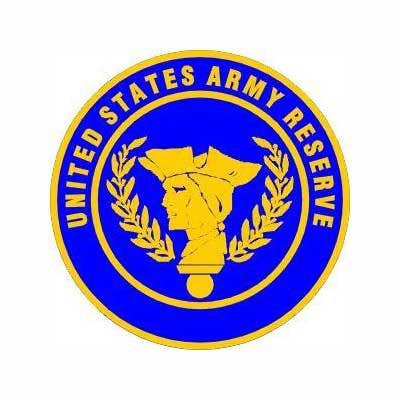
In May, a New York State Supreme Court judge ruled that Dell had engaged in fraud, false advertising, deceptive business practices and abusive debt collection in the state. Judge Joseph Teresi concluded that the company lured customers in with "no interest" or "no payment" but called those practices deceptive and a "bait-and-switch" scheme. The judge also found that Dell deprived customers of the technical support they were entitled to under their warranty or service contract.
"For too long at Dell the promise of customer service was a bait-and-switch that left thousands of people paying for essentially no service at all," New York Attorney General Andrew Cuomo said. "We have won an important victory that will force Dell to live up to its responsibilities and pay back its customers for profits that were pocketed but not deserved."
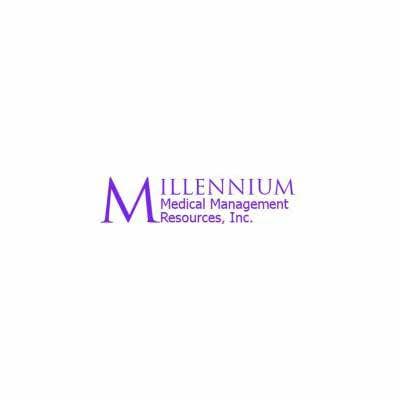
The last quarter was marked by economic bloodletting. The U.S. economy tanked and major companies were scrambling to save, earn and make money. In September The Wall Street Journal reported that Dell was considering selling some of its manufacturing plants in an attempt to reduce operational costs. Selling manufacturing plants would mark a change in the way Dell handles its build-to-order model. Later in the year, Dell asked its employees to take an unpaid vacation in order to avoid layoffs. The plan would call for employees to take one to five days off in the fourth quarter.
The company said the action was unpleasant but necessary. "We're looking to reduce people costs in a flexible manner that gives employees some choices," a company spokesman said. "It's a targeted cost-reduction competitiveness initiative to help control operating expenses."
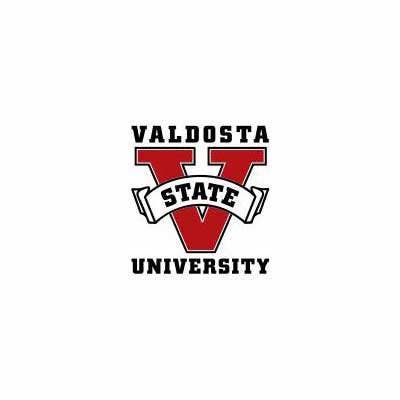
In June Dell introduced Infrastructure Consulting. The service includes tiered storage, identification of improvements to be made within the backup and recovery infrastructure, planning and design of disaster-recovery services and managed backup services.
Dell also jumped into virtualization in 2008, rolling out a suite of offerings. The company now offers new blade and rackmount servers for virtualization, iSCSI storage arrays and new virtualization services, while expanding its partnership with Microsoft.
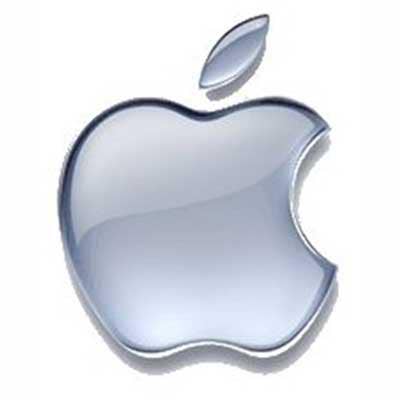
The channel became a focus for Dell, but it's important to remember that the company started in the consumer electronics field. And while the computer manufacturer expanded its channel play, it felt it was important not to forget its roots.
To that end, Dell made an upgrade to existing consumer technology in 2008, introducing one new notebook and updating the Latitude E series. The Dell Inspiron Mini 9 debuted in September, marking Dell's entrance into the netbook market. Dell also revamped the Latitude lineup, offering notebooks running the gamut from a 12.1-inch, 2.2-pound ultraportable to the 14.1-inch semi-rugged laptop. The notebooks are available in different colors for the first time and also boast an "all-day" battery with a 19-hour life.